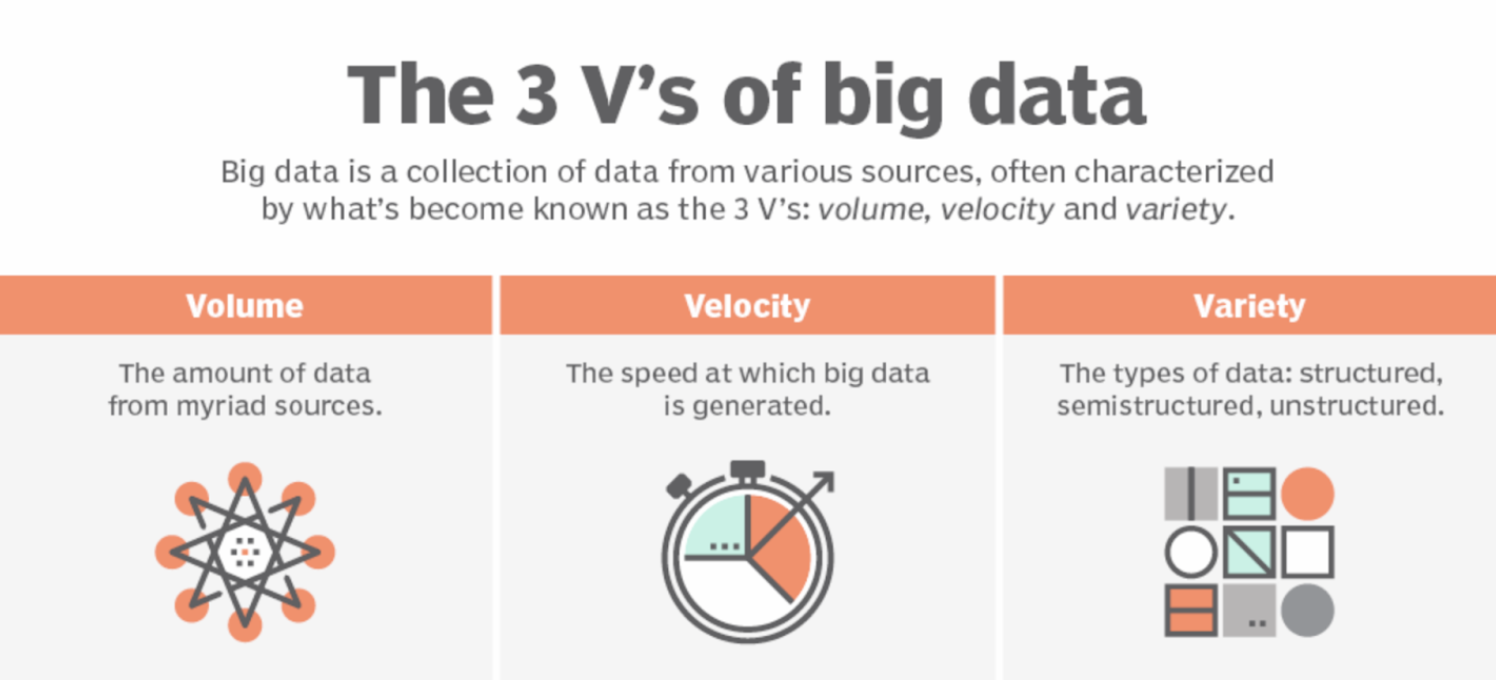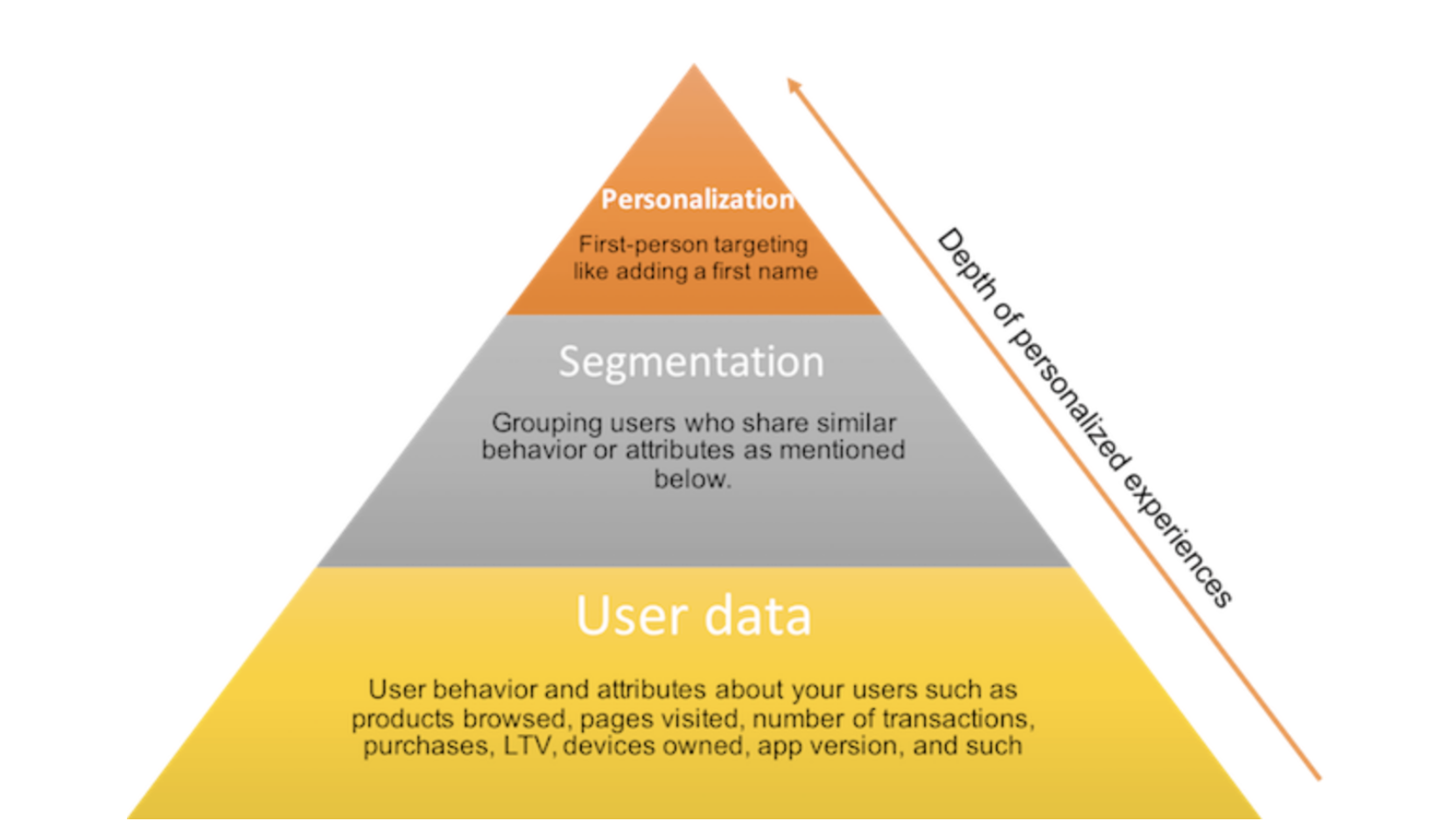
How Big Data Analytics is Transforming the Customer Experience for Online Retailers
Online retail is becoming increasingly competitive. Customers can shop anywhere they want, and they expect their experience to be smooth, personal, and easy to navigate. Every click, every transaction, every interaction generates data. And retailers are drowning in it. That flood of data creates problems, but it also creates opportunities. The retailers who know how to use it see real results. According to research on maximizing retail potential, big data can boost profit margins in retail by up to 60%. But just gathering data doesn't mean anything. The real advantage comes from pulling out insights you can actually act on. Big data analytics makes personalization work at scale. It gives you predictive power. It makes operations run more smoothly, which means better experiences for customers. Big data analytics is changing the entire online retail customer journey.
What does the scale of data look like in modern retail?
Before we get into how this data gets used, we need to understand just how much of it there is. Big data usually gets described using three "V's," which Google Cloud breaks down in their overview. Source: TechTarget
Source: TechTarget
Understanding the Core V's: Volume, Velocity, and Variety
- Volume: The sheer amount of data that gets collected. For a retailer, that means millions of sales transactions, detailed records of what people do on the website, and data from sensors in physical stores.
- Velocity: How fast data gets created and how fast you need to process it. Often, that means real-time. When you're running a flash sale or demand suddenly spikes, high velocity matters.
- Variety: Modern data comes in all shapes and sizes. Retailers have to handle many different types of data, and that takes a system strong enough to manage and combine them all.
Unpacking Data Sources in E-Commerce
That "variety" piece creates real challenges. A single retailer's data ecosystem can pull from:- Structured Data: Information that's organized and easy to search. Think POS transactions, inventory logs, CRM records and financial data.
- Semi-Structured Data: Information that has some organization but doesn't fit neatly into a database. Examples include social media posts, customer support chat logs and online survey responses.
- Unstructured Data: Information with no predefined format. This is usually the hardest to analyze, but it's also the most valuable. This encompasses things like customer reviews, images that users share and geolocation data from mobile apps.
 Source: Skyvia
Source: Skyvia
How does big data enable personalization at scale?
Big data analytics has a huge impact on customer experience: it makes real one-to-one personalization possible.From Broad Segmentation to Individual Recommendations
For years, "personalization" just meant dividing customers into broad demographic groups. Big data analytics changed that. Now retailers can create experiences tailored to what each individual person actually does. This is what powers the recommendation engines you see everywhere in e-commerce. A Wired article points out that 75% of what people watch on Netflix comes from its recommendation system, which looks at viewing history and ratings. Online stores use the same approach. Amazon suggests products based on what you've browsed, what you've bought before, and what people similar to you have purchased. The same technology runs dynamic website content, targeted ads that show you items you looked at, and email campaigns with offers that actually matter to you. Source: Moengage
Source: Moengage
Building the 360-Degree Customer View
Getting to this level of personalization means retailers need to build what's called a Customer 360, or C360. An AWS big data blog post describes a C360 as a complete, unified picture of how a customer interacts and behaves across every touchpoint and channel. Measured impact of AWS Customer 360 on business performance, as reported in an APQC study.
Source: AWS
However, this is incredibly hard to achieve. A Gartner Marketing survey found that only 14% of organizations have actually made a C360 work, usually because data quality and governance cause problems.
The process has two main stages:
Measured impact of AWS Customer 360 on business performance, as reported in an APQC study.
Source: AWS
However, this is incredibly hard to achieve. A Gartner Marketing survey found that only 14% of organizations have actually made a C360 work, usually because data quality and governance cause problems.
The process has two main stages:
- Identity Resolution: Deduplication that connects multiple identifiers (cookies, device IDs, email addresses) to one customer profile.
- Profile Enrichment: After you've identified a customer, you add data from different sources to their profile, like demographic data, behavioral data or geolocation data.
Using Predictive Analytics to Drive Smarter Decisions
Big data analytics does more than tell you what’s already happened. It predicts what's coming next based on patterns and trends in historical and real-time data.Demand Forecasting and Inventory Optimization
Nothing annoys customers more than seeing "out of stock" when they want to buy something. Predictive analytics helps retailers avoid that by forecasting demand accurately. The models look at historical sales, seasonal patterns, what competitors are charging, and outside factors like weather to predict what people will need. This lets retailers "right-size" their inventory. Popular items don't run out, and slow-moving products don't pile up in warehouses costing money. A Transights blog post described how Walmart used real-time and predictive analytics to combine sales, inventory, and social media data. The result was a 16% drop in stockouts and major savings on logistics costs.Price Optimization and Dynamic Pricing
Analytics also lets retailers use dynamic pricing strategies. Algorithms look at competitor prices, demand levels, and customer behavior to find the optimal price point. The goal is maximizing margins while staying competitive. The most famous case is Amazon, a company that reportedly changes its prices around 2.5 million times every day.Customer Behavior Prediction and Churn Analysis
Predictive analytics can spot which customers might leave based on how they've behaved in the past. This shifts retailers from reactive "customer support" to proactive "customer success." When you identify at-risk customers early, you can create targeted strategies to keep them through special offers, personal outreach and whatever it takes to retain high-value customers.Gaining Operational Efficiency Through Data-Driven Insights
Customer experience matters though the entire fulfillment process. Big data analytics makes backend operations smoother so the front-end experience stays fast and reliable.- Supply Chain and Logistics Optimization: Big data gives you real-time visibility across your entire supply chain. That helps optimize logistics, cut down on delays, and make fulfillment centers run more efficiently. Look at Coupang, the South Korean e-commerce giant. Industry reports note that their AI-powered logistics network, which makes "Rocket WOW" seven-hour delivery possible, runs on data analytics.
- Fraud Detection and Loss Prevention: A smooth checkout needs to be secure, too. Machine learning algorithms process enormous amounts of transaction data in real time, looking for suspicious patterns and anomalies. This catches fraudulent transactions, weird refund patterns, and account takeovers. It protects customers and retailers at the same time.
What is the technology stack powering retail analytics?
None of these applications work without a modern, scalable technology stack.- Cloud Infrastructure: Retail data has too much volume and moves too fast for traditional on-premise infrastructure. Cloud platforms like AWS, Google Cloud, and Microsoft Azure are necessary for storing and processing data at scale. As one article explains, a "cloud-native design" lets companies manage huge datasets on a pay-as-you-go basis. That gives retailers the flexibility to handle peak shopping seasons when traffic spikes.
- AI and Machine Learning Integration: If cloud is the foundation, then artificial intelligence and machine learning are the brains. These technologies spot patterns that humans would never catch. Natural language processing, for example, analyzes unstructured customer reviews to understand sentiment. Other machine learning models power predictive forecasting and fraud detection systems.
Overcoming the Hurdles: Real-World Implementation Challenges
Adopting a big data strategy comes with real difficulties. Understanding what they are is the first step to actually implementing one.- Data Integration and Quality: Data often gets stuck in "data silos." These are isolated systems like old POS devices or third-party marketing platforms that don't talk to each other and result in incompatibilities between platforms. Incomplete or duplicated data makes analytical systems produce flawed or useless results. Strong data governance is necessary.
- Privacy, Security, and Compliance: Retailers handle huge amounts of personally identifiable information, so they have to deal with complex regulations like GDPR and CCPA. When customers think their data isn't secure, they lose trust in a brand almost immediately. That kind of damage can destroy a reputation.
- The Skills and Organizational Change: Technology by itself won't solve your problems. An article in ZDNET points out that big data, analytics, and data engineering are some of the most in-demand skills out there. That means lack of expertise becomes a bottleneck for a lot of companies. A Gartner report also talks about building an "empowered workforce" by investing in AI literacy. Employees need to feel like these new tools help them, not replace them. That takes a real cultural shift toward making decisions based on data.
Kanda in Action: A Real-World Example
Retailers run into challenges like integration, expertise, and legacy systems all the time. Take one example: a leading invitation-only online retailer that needed to upgrade its infrastructure and expand its services. They were looking for a partner who knew custom software development, big data technologies, mobile solutions, and quality assurance. Their biggest problems were missing documentation for internal applications and no formal QA automation process. That made innovation risky because they couldn't be sure what would break. Kanda developed their big data analytics platform and CRM, built out their mobile presence, and created a QA automation process from scratch. The partnership has lasted multiple years, and Kanda keeps taking on more work in their most critical areas: big data analytics and CRM management.How Can Kanda Help?
Scaling a retail analytics platform takes a specific mix of technical expertise and strategic planning. Kanda Software can help you:- Build Custom Analytics Platforms: We develop secure, scalable, compliant software and APIs designed for your specific retail operations.
- Manage Legacy System Integration: We create data transformation pipelines that connect older systems to modern, cloud-based analytics platforms.
- Develop Your CRM and Big Data Ecosystem: We engineer the core data platforms that make a 360-degree customer view possible, from ingestion to activation.
- Implement Robust QA and Automation: We make sure your data stays accurate and your systems stay reliable through comprehensive quality assurance and automation processes.
